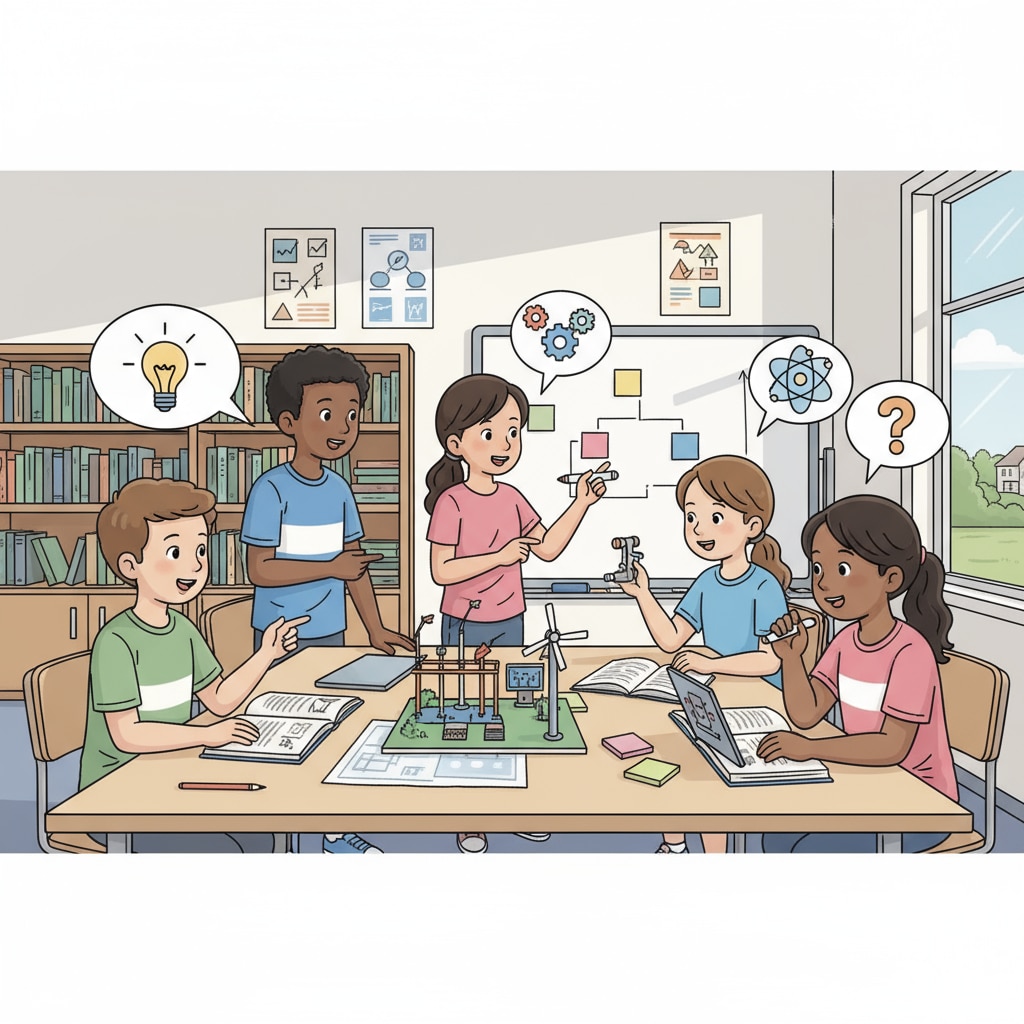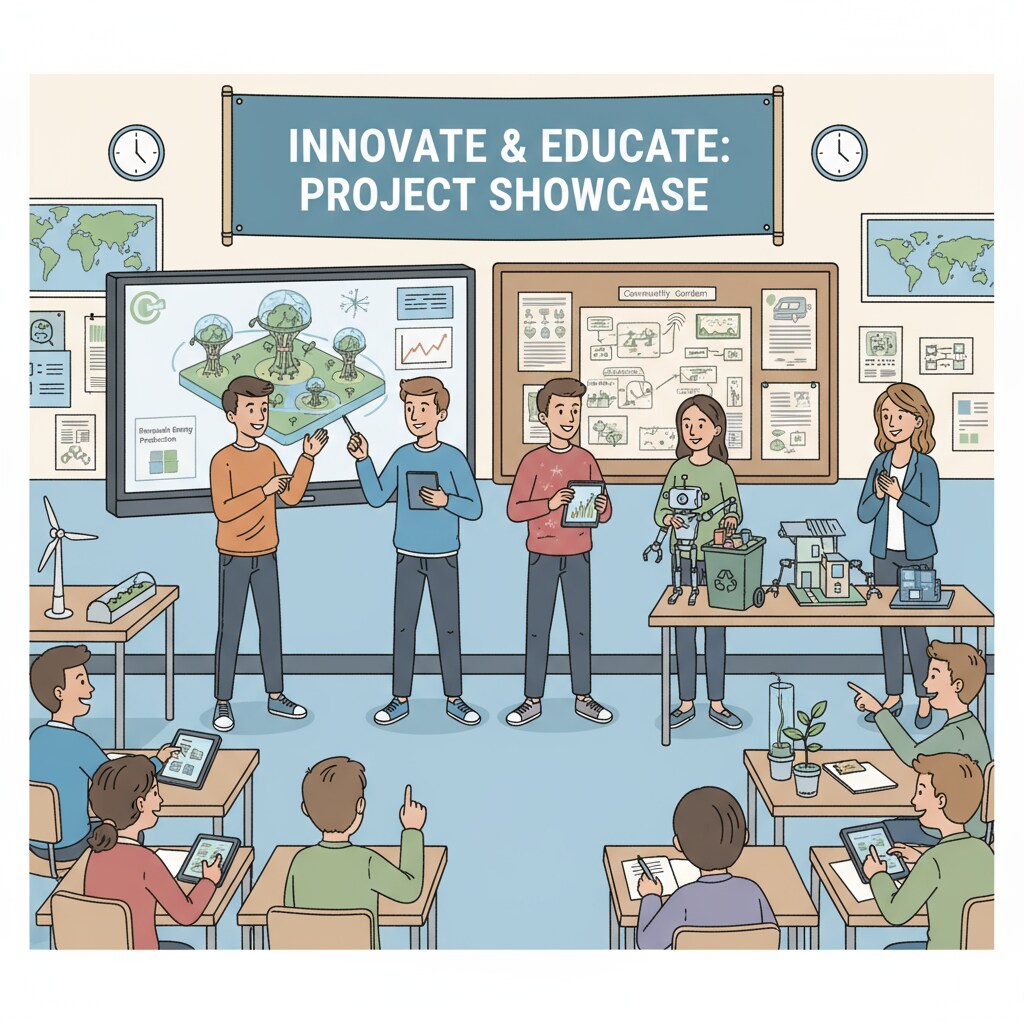Alternative homework solutions, student burnout, and project-based learning are crucial topics in today’s K12 education landscape. Traditional homework has long been a staple, but it comes with its fair share of limitations. In this article, we’ll explore how to move beyond the burden of traditional homework and create a more engaging and effective home learning experience for students.

The Drawbacks of Traditional Homework
Traditional homework often leads to student burnout. Many students find themselves spending hours each day completing assignments that may not always align with their interests or learning styles. As a result, they lose motivation and enthusiasm for learning. For example, repetitive worksheets and memorization tasks can be monotonous and fail to stimulate critical thinking. According to The National Education Association, excessive homework can have a negative impact on students’ mental health and overall well-being.
Project-Based Learning as a Viable Alternative
Project-based learning offers a refreshing alternative. It involves students working on real-world projects that require them to apply their knowledge and skills. This hands-on approach not only engages students but also helps them develop important competencies such as problem-solving, teamwork, and communication. For instance, a science project where students build a model of an ecosystem encourages them to explore scientific concepts in a practical way. As stated by Edutopia, project-based learning can enhance students’ understanding and retention of information.

Personalized Tasks for Individual Growth
In addition to project-based learning, personalized tasks can be an effective alternative. Teachers can design tasks based on each student’s interests, strengths, and learning needs. This ensures that students are challenged at an appropriate level and are more likely to be engaged. For example, a student interested in art could be given a task to create a visual representation of a historical event. By tailoring tasks to individual students, we can reduce the sense of overwhelm and increase the effectiveness of home learning.
Connecting Learning to the Real World
Another important strategy is to connect learning to the real world. When students see the practical applications of what they’re learning, they’re more likely to be motivated. Teachers can assign tasks that relate to current events, local issues, or students’ own experiences. For example, a math assignment could involve calculating the cost of renovating a room in their house. This makes learning more relevant and meaningful, and can help students better understand the value of their education.
Readability guidance: By implementing these alternative strategies, we can move away from the limitations of traditional homework. Project-based learning, personalized tasks, and real-world connections can all contribute to reducing student burnout and enhancing the quality of home learning in K12 education.


